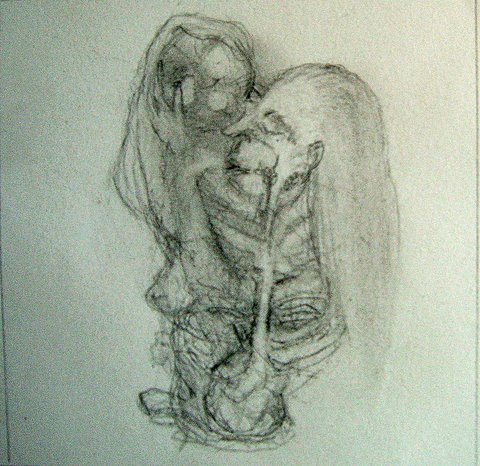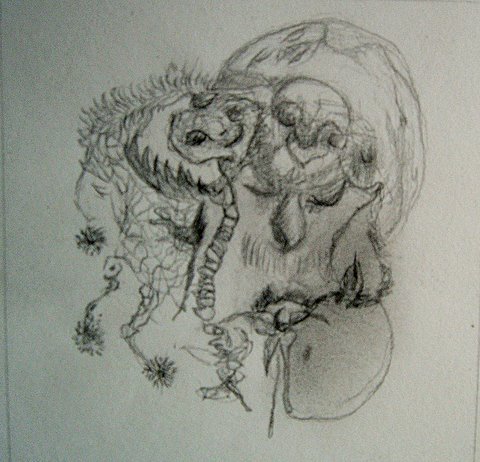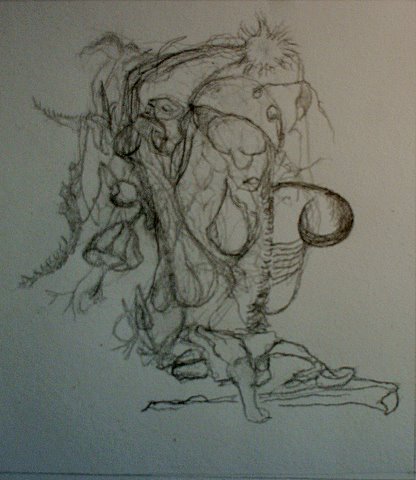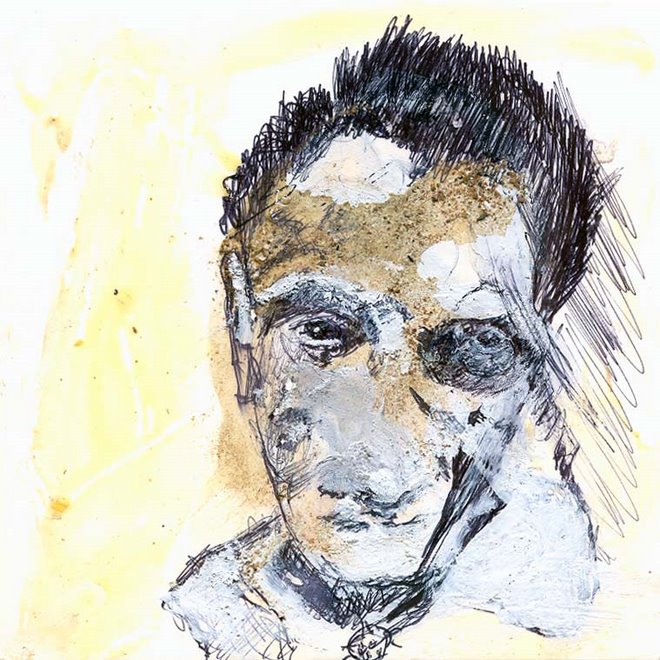if you ever feel touched by something inside the earth like the murmur of a lost ancestor, if you have ever felt a stone seem to say there's more to me than meets the eye, here's maybe why....
https://blogs.scientificamerican.com/artful-amoeba/inside-earth-microbes-approach-immortality/?fbclid=IwAR2nQH6fimMzdH8oTah00cwnITPJ1rhheaXwo8qr_OpQ8tI_j40qPvR9dLc
This dessicated condition we now call anhydrobiosis, and it is in such a state that organisms like water bears can withstand the vacuum of space and bombardment with radiation.
Lipman’s coal came from Wales and Pennsylvania, where some was extracted from a depth of 1,800 feet. Pennsylvania coal inspired the name of an entire geologic subperiod -- the Pennsylvanian.
It is at least 300 million years old.
The year was 1931. His colleagues probably thought he was nuts. But from where we sit in 2019, it’s looking increasingly likely that Lipman was not nuts. The world’s oldest living individuals may not be gnarled bristlecone pines or shimmering aspen clones, but tiny microbes locked in rock miles beneath the surface whose goal is to not to grow or reproduce, but simply to cheat death.
A growing number of papers published in the last decade indicate that bacteria living – many of them in a hydrated, active state -- in sediments, in rocks, and in pockets and fissures buried deep underground are old beyond belief.
https://blogs.scientificamerican.com/artful-amoeba/inside-earth-microbes-approach-immortality/?fbclid=IwAR2nQH6fimMzdH8oTah00cwnITPJ1rhheaXwo8qr_OpQ8tI_j40qPvR9dLc
This dessicated condition we now call anhydrobiosis, and it is in such a state that organisms like water bears can withstand the vacuum of space and bombardment with radiation.
Lipman’s coal came from Wales and Pennsylvania, where some was extracted from a depth of 1,800 feet. Pennsylvania coal inspired the name of an entire geologic subperiod -- the Pennsylvanian.
It is at least 300 million years old.
The year was 1931. His colleagues probably thought he was nuts. But from where we sit in 2019, it’s looking increasingly likely that Lipman was not nuts. The world’s oldest living individuals may not be gnarled bristlecone pines or shimmering aspen clones, but tiny microbes locked in rock miles beneath the surface whose goal is to not to grow or reproduce, but simply to cheat death.
A growing number of papers published in the last decade indicate that bacteria living – many of them in a hydrated, active state -- in sediments, in rocks, and in pockets and fissures buried deep underground are old beyond belief.









No comments:
Post a Comment